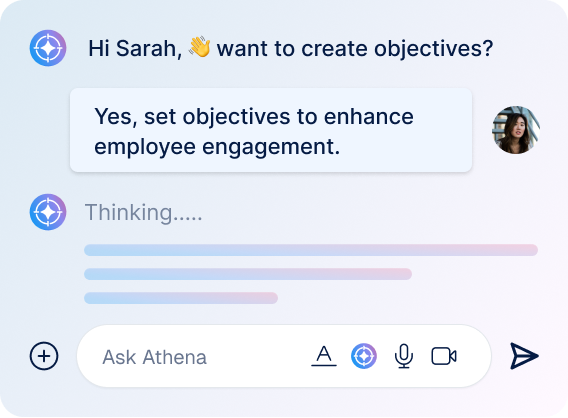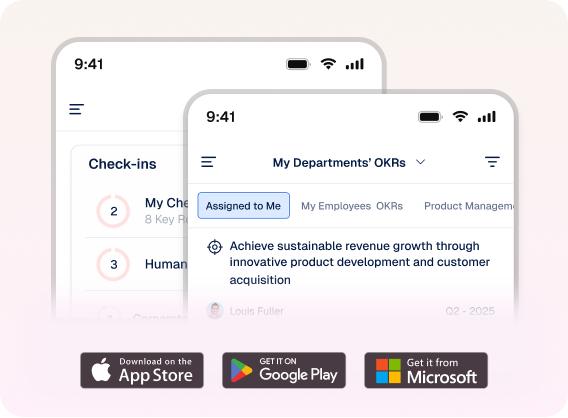TL;DR: How to Pay Off Technical Debt
- Technical debt isn’t eliminated overnight, but reduced through steady habits.
- Automate testing, refactor regularly, CI/CD pipelines, thorough documentation, peer reviews, and a debt backlog.
- Use prioritization frameworks (Gartner’s TIME, Impact/Effort), budget for debt paydown, focus on high-risk areas, align stakeholders, and build a culture of craftsmanship.
- Managing debt isn’t just engineering hygiene,it drives performance, lowers costs, and improves agility.
It is impossible to fail if you learn from your mistakes. Don’t give up
How to Pay Off Technical Debt
Paying off technical debt calls for a multi-faceted approach that combines tactical execution, continuous assessment, and strategic planning.
- Automate Testing Automated tests ensure you catch regressions and bugs early, lowering the chances of accumulating technical debt. Integrate testing into the development process and create a robust testing framework with end-to-end, integration tests, and unit tests.
- Schedule Peer Programming and Code Reviews Organize regular pair programming sessions and code reviews to ensure consistent code quality and early problem detection. Such sessions also encourage a positive culture of collaboration and knowledge sharing.
- Create a Technical Debt Backlog A technical debt backlog will help you prioritize and monitor known issues. Assess and update this log frequently and integrate debt management tasks into the project sprint and planning cycles, giving them equal importance to bug fixes and new features.
- Regular Refactoring Refactoring improves existing code structure and readability to manage technical debt. Instead of targeting areas that are simply “susceptible to issues,” prioritize based on concrete criteria. Focus on code with high change frequency, modules with the highest defect density, critical business functions where failures have a significant impact, and areas that block new feature development. Use business impact, change frequency, defect rates, and team pain points to guide refactoring investments rather than vague assessments of potential issues. Refactoring enhances and cleans existing code to manage technical debt. Prioritize areas that are susceptible to issues or need frequent modifications to enhance the codebase’s readability and overall structure.
- Track Quality Metrics Invest in innovative and advanced tools to set and monitor key metrics that show the health status of the code base and code quality. Such tools make it easy to evaluate metrics and identify areas for improvement.
- Implement Continuous Integration and Continuous Deployment (CI/CD) CI/CD pipelines automate code building, testing, and deployment processes. While CI/CD helps manage integration debt and catches regressions early, it doesn’t prevent architectural debt, design debt, or code quality issues. CI/CD standardizes deployment processes and enables faster feedback loops, but it cannot solve deeper structural problems that require deliberate design decisions, code reviews, and refactoring efforts.
- Ensure Thorough Documentation The codebase should have updated and comprehensive documentation to help new team members navigate the system. Include known limitations and issues with the APIs, architecture, or code design to prevent accumulating unintentional technical debt.
Want to explore how to track your technical debt?
Best Practices for Managing Technical Debt
Technical debt is often necessary in fast-paced and agile development environments. It only becomes an issue when left unacknowledged, unmonitored, and unmanaged.- Understand Your Debt Technical debt can provide excellent growth and improvement opportunities. Instead of simply knowing it exists without benefiting from it, you should acknowledge that it needs to be reduced to improve the software.
- Determine the Right Approach In cases where the technical debt benefits the product, it’s best to leave it as it is. However, you must first understand the consequences of inaction. In other cases, the best way to manage technical debt is through incremental refactoring in every sprint. Although this is highly effective, it can also become expensive. Legacy systems become more complex and challenging to fix over time. Instead of addressing one minor issue at a time, it’s best to replace them altogether. While the process may be costly and hectic, it’s a sure way to resolve technical debt.
- Set Quality Standards Poor code quality is among the biggest contributors to technical debt. Since developers have the expertise, establishing quality standards will maintain high code quality, reducing technical debt.
Technical debt isn’t eliminated overnight, it’s reduced by steady habits, clear priorities, and business alignment.Tweet
Prioritize Debt with Frameworks
- Use frameworks like Gartner’s TIME (Tolerate, Invest, Migrate, Eliminate) or Impact vs. Effort matrices to decide what to fix first.
- Treat debt repayment as a planned investment, not an afterthought. Allocate a % of sprint time (e.g., 15–20%) or annual IT budget specifically for debt reduction.
- Focus on debt that has the highest business risk: security gaps, compliance issues, or code areas with the highest defect rates.
- Translate technical debt into business language (“we’re spending 30% of sprint time on rework” vs. “our code is messy”). This builds executive support for debt reduction initiatives
- Encourage teams to see debt management as part of craftsmanship. Make “leave code cleaner than you found it” a team mantra.




